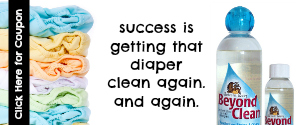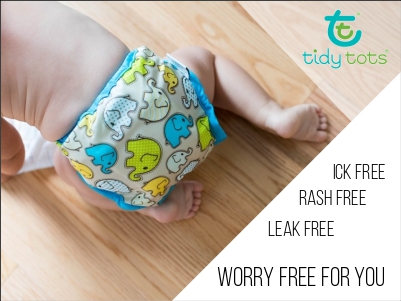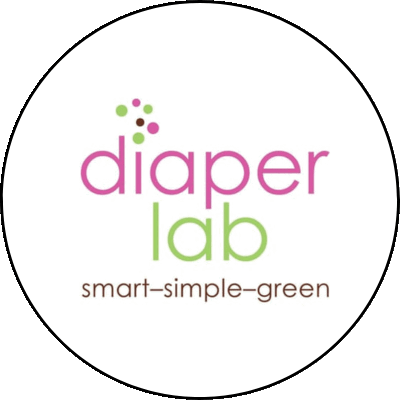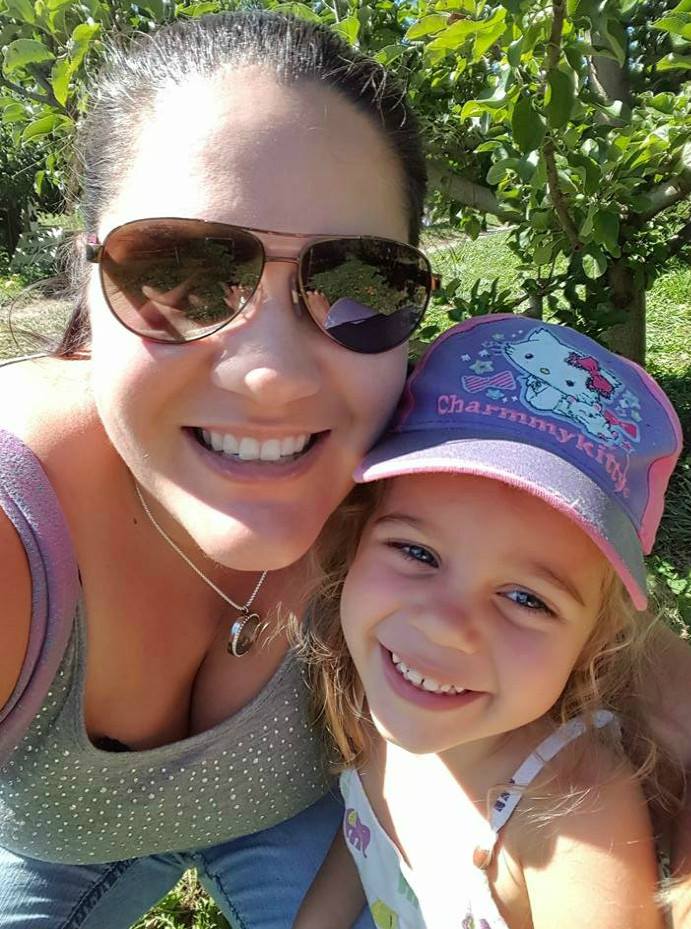Bamboo Fleece for Cloth Diapers
Why Bamboo?
Is Bamboo Fabric Eco-Friendly?
Why is Bamboo Fabric Used in Cloth Diapers?
- Bamboo fleece – this is a knit fabric. It is often used as the center layer of diapers and doublers to provide more structure for the diaper and for absorbency. Similar to the knit fleeces used in sweatpants, it has a flat side and a fleece side, and is very easy to work with.
- Bamboo terry – resembling a towel, terry fabric consists of thousands of small loops. Bamboo terry is stretchy and very absorbent, and is often used on the outer layer of bamboo fitted and prefold cloth diapers that are fastened with Snappis.
- Bamboo velour – this is soft, knit fabric. It is very absorbent, and is often used as the inside layer of the diaper. Bamboo velour does not wick moisture, but feels comfortable when wet. This material is quite slippery feeling and can be hard to sew.
How is Bamboo Fabric Made?
There are two types of fabric made from bamboo:
- Bamboo linen: Mechanical separation of the bamboo fibers produces a product that is woven into bamboo linen. It is hard to find and can be very expensive.
- Bamboo viscose or rayon: bamboo wood is dissolved in a strong chemical solvent. The resulting liquid is then extruded into fiber, which is spun into thread and then knit or woven into fabric. Almost all bamboo fabric that is available today is made through the viscose process. As a regenerated cellulose fiber, bamboo fabric belongs to a category that falls between natural and synthetic.
What Chemicals are Used to Make Bamboo Fabric?
The solvent used to process bamboo viscose is carbon disulfide.
Environmentalists claim that carbon disulfide may endanger factory
workers. In addition, they point out that these chemicals cause
wastewater and air pollution. While some bamboo manufacturers are
certified and claim closed loop manufacturing with chemical recovery
rates of 75%, some independent sources of research show that carbon
disulfide recovery rates are around 50%.
Other chemicals,
such as sodium hydroxide (also called caustic soda) and sulphuric acid,
are also used during processing. Caustic soda has been approved for
textile manufacturing by the Global Organic Textile Standard (GOTS), and
when handled and disposed of appropriately, this product should not
pose health risks to humans.
What is Bamboo?
Bamboo is not actually a tree, but a fast-growing tropical grass that
can reach heights of 60 meters! It is naturally regenerative: while it
reaches maturity in roughly 4 years, it sends out new shoots each year,
so it can replace cut material.
Bamboo does not need pesticides or fertilizers, and can protect soils from erosion.
Bamboo fabric is made from Moso bamboo, a different type of bamboo than that which giant pandas eat.
Where Can I Buy Bamboo Fleece?
Celtic Cloths Wholesale and Wazoodle both carry bamboo fleece. For more cloth diaper retailers, read our cloth diaper fabric page here.
Amazon is another great source for cloth diaper fabrics. The following links are to bamboo fabrics sold on Amazon.com
 |
 |
| Organic Bamboo Fleece Fabric (sold by the yard) |
Organic Bamboo Velour Fabric (Sold By the Yard) |
Sources:
United States Free Trade
Commission Press Release, Feb 3, 2010. “FTC Warns 78 Retailers,
Including Wal-Mart, Target and Kmart, to stop labelling and advertising
rayon textile products as
‘bamboo’”.http://www.ftc.gov/opa/2010/02/bamboo.shtm
Canadian
Broadcasting Corporation, Feb 1, 2010. “Bamboo textiles no more
‘natural’ than
rayon”.http://www.cbc.ca/news/story/2010/02/01/consumer-bamboo-rayon.html
For more information on cloth diaper fabrics, including projects and tutorials, go back to Making Cloth Diapers.
At
Thinking About Cloth Diapers, we offer reliable, up-to-date cloth
diaper research to save you time so you can get on with the other things
you want to do.
Return to Thinking About Cloth Diapers homepage.
Sponsor Love









